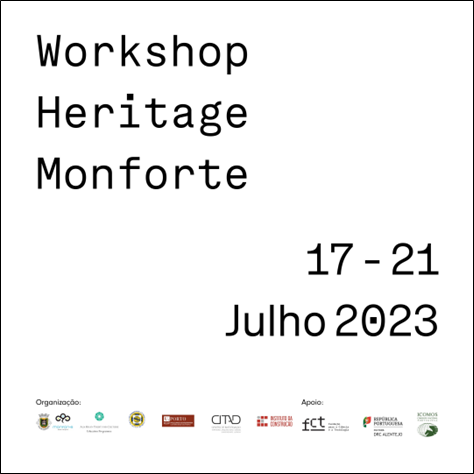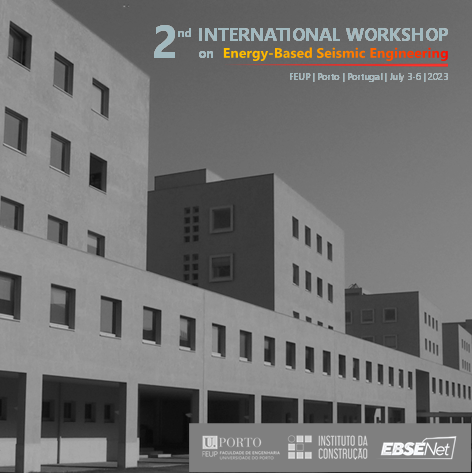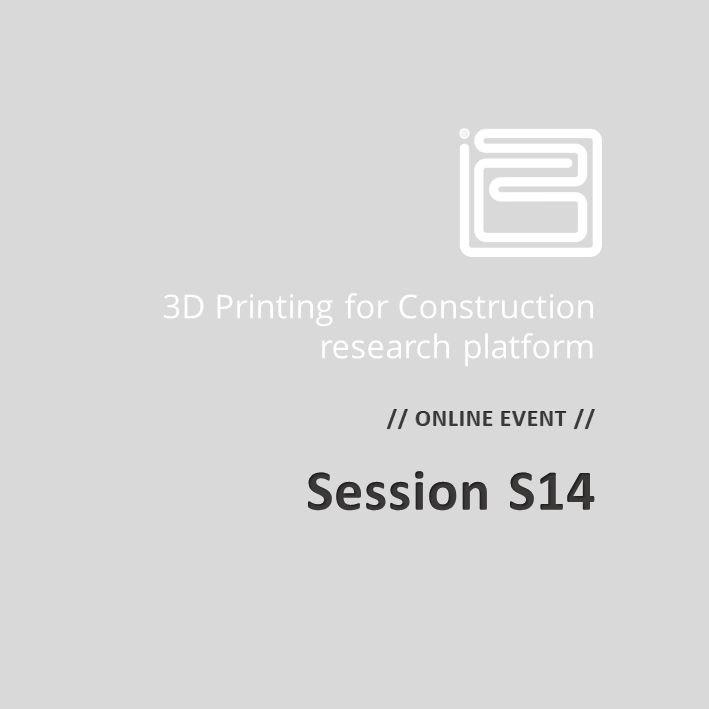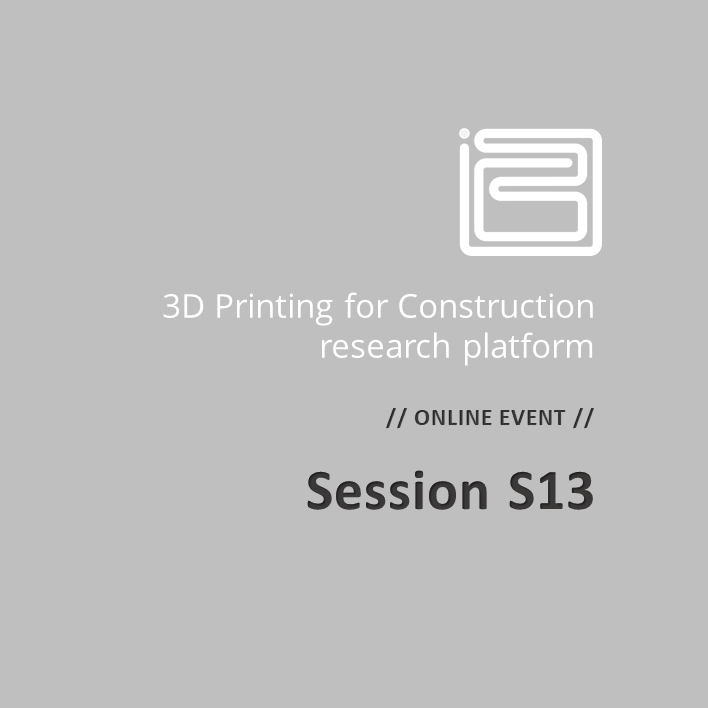i3Dc – Session S1
Workshop3D Concrete printing: State of the Art and Structural Applications 
Prof. Domenico Asprone
University of Naples Federico II, Italy
Abstract: 3D Concrete Printing (3DCP) technology belongs to the more general digital fabrication methods utilizing concrete, which allows obtaining architectural and structural elements efficiently and quickly. The form freedom enabled by digital fabrication with concrete (DFC) technologies provides advantages for a wide range of concrete based objects. Indeed, structural elements built through 3D printing technology have a high engineering potential. Such an innovative technology makes possible optimizing the material use – e.g. through the topology-optimization – the overall costs and the architectural effectiveness. However, being such an innovative field there are many challenges to be faced: rheological/mechanical material requirements at both fresh and hardened state, buildability performance during the layered extrusion process, the inclusion of a reinforcement. The design of the DFC structural elements must take account of the peculiarities of the overall construction process and it is often faced with a lack of specific guidelines. Therefore, scientific research in this field becomes a necessary means toward achieving the full potential of DFC.
Short Bio: Domenico Asprone got his PhD in Materials and Structures in 2010; he is Associate Professor of Structural Engineering at the University of Naples Federico II. His research interests cover different topics related to the technological innovation in structural engineering and constructions, ranging from the integrated sustainable design and the implementation of BIM methodologies into design, construction and management processes of civil works, to resilience and robustness of civil structures against natural and man-made hazards, sustainability of structural materials, components and systems, additive manufacturing and 3d printing techniques for the production of structural systems.






